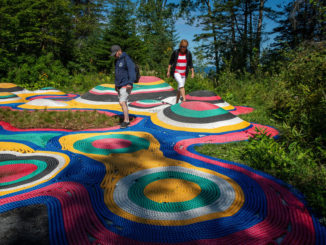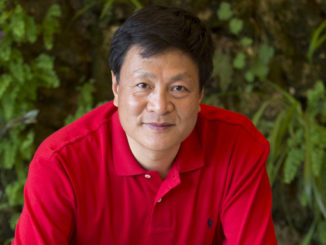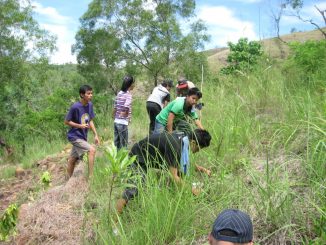70 Rainey Sky Garden was shortlisted in the 2021 WLA Awards
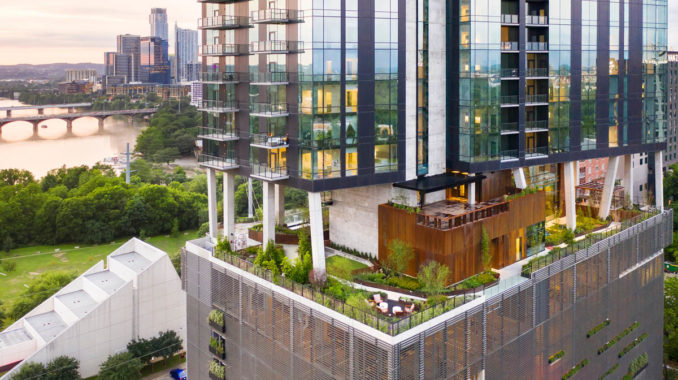
The Sky Garden, located in Austin, sets a precedent for growing up rather than out, and creates a deliberate connection to the surrounding landscape through careful plant selection. Recreating the Texas Hill Country landscape and utilizing nature as a healer, the Sky Garden creates protective microclimates 100 feet in the Texas sky.
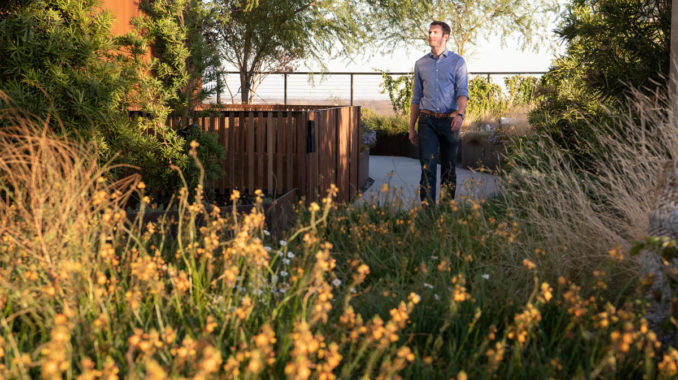
The Sky Garden is dominated by plants and creates a scaled-down and elevated version of the region’s landscapes. Though famous for its limestone and granite, there is much to be said about the Hill Country’s utilitarian vegetation. Practicality was a defining characteristic in the design approach. Echinacea, Salvias, and Asclepias feed pollinator insects. Yuccas endure extreme temperatures and Huisache trees shade guests. The Sky Garden also responds to its immediate surroundings. Heeding the building’s architectural cues, the design team curated a plant palette that blends building and nature.
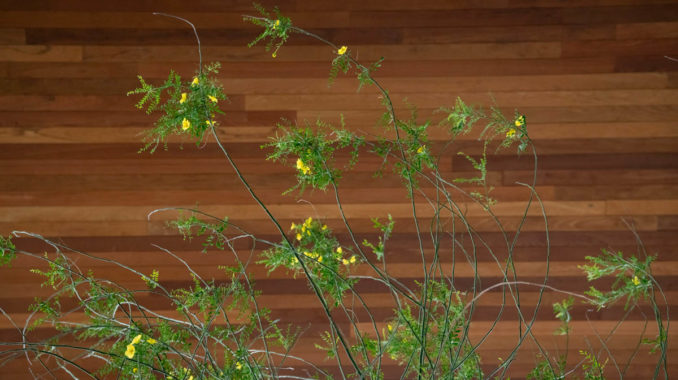
Extensive measures were taken to ensure the Sky Garden was protected from Texas’s elements. Wind tunnel test data revealed locations where turbulence would create uninhabitable conditions. Deliberate planting interventions were invoked to curb winds and create comfortability. Crossvines climb the railings, providing year-round protection. From the street, these vines are part of the screen plant composition that shields the east and south faces. Native Huisache trees also play a role in the success of the Sky Garden’s microclimates. Located in the southeastern corner, which receives over six hours of sunlight during summer, these trees create another canopy that lowers temperatures on the deck but allow sunlight to filter through. These design decisions create an ideal environment for enjoying the Sky Garden.
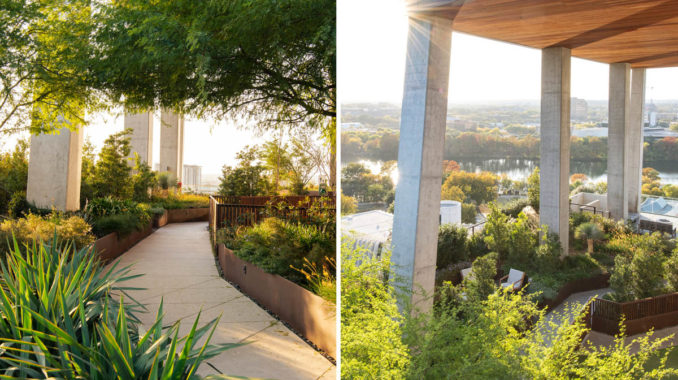
Of the 9,300 square feet of rooftop exposed to the sky, over 43% is comprised of gardens and a pool. Rainwater is slowed and absorbed by the planting areas, which help reduce runoff to the city’s storm system and Lady Bird Lake. Other environmental benefits that can be attributed to the Sky Garden include reoxygenation and increased pollination.
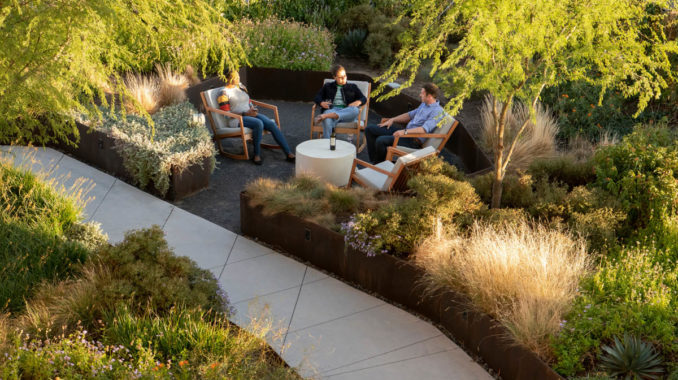
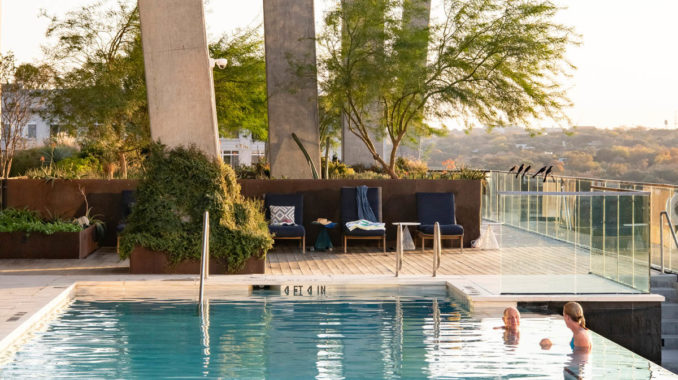
Programming is inspired by surrounding social forces. Tree-lined Rainey Street is the city’s most visited entertainment district. Bungalows turned indoor-outdoor eateries allow locals and visitors to enjoy the outdoors, music, and fantastic weather. Along the building’s Rainey Street side, shady gathering spots foster community like the bustling street below while the south and west sides take advantage of panoramic views with garden rooms and an infinity edge pool.
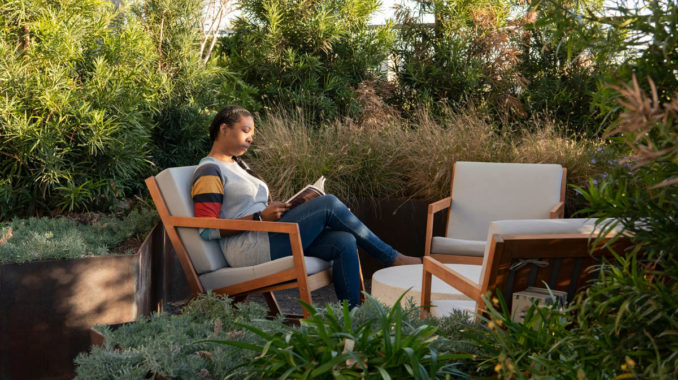
The Sky Garden provides an escape where residents can maintain their mental wellness, engage in recreation, and enjoy nature. The east side is an ideal location to watch the sunrise. Garden rooms are a perfect retreat for reading and contemplation on hot summer days. Breezes lift the scent of perennials, shrubs and grasses into the air. The west edge captures views of the setting sun, Lady Bird Lake, and the vast Austin skyline.
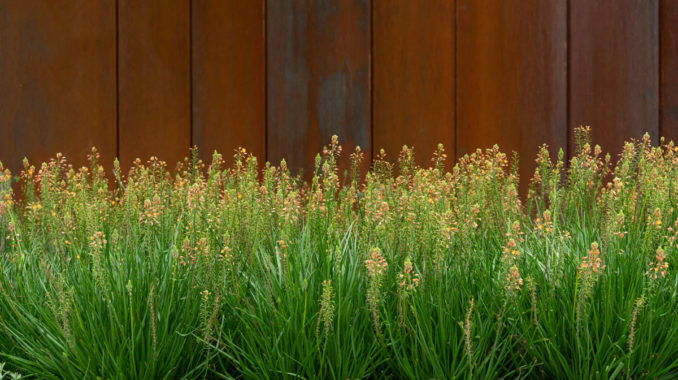
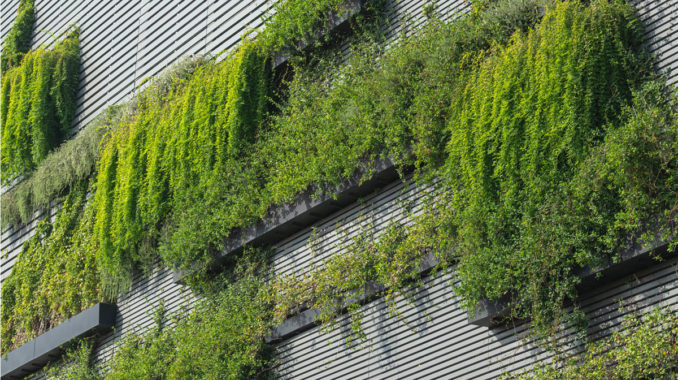
As cities like Austin continue to grow, 70 Rainey will serve as an important case study for rooftop gardens. The Sky Garden successfully recreates native and natural landscapes, revitalizes the environment, and provides a refuge for humans and flora alike.
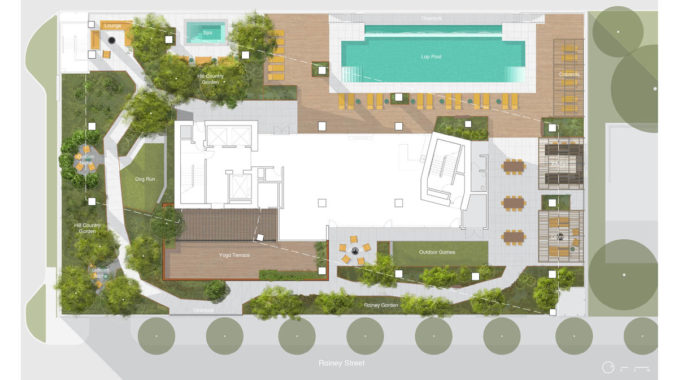
70 Rainey Sky Garden
Location: 70 Rainey, Austin, Texas, USA
Project Credits:
Landscape Architect: Design Workshop, Inc.;
Collaborators: Markzeff; Cardno Haynes Whaley; Page/; Sackman Enterprises; Stantec; JAS Irrigation; Flintco
Image Credits:
Brandon Huttenlocher/Design Workshop; Design Workshop

